
Exile or banishment, is primarily penal expulsion from one's native country, and secondarily expatriation or prolonged absence from one's homeland under either the compulsion of circumstance or the rigors of some high purpose. Usually persons and peoples suffer exile, but sometimes social entities like institutions are forced from their homeland.

Italo Calvino was an Italian writer and journalist. His best-known works include the Our Ancestors trilogy (1952–1959), the Cosmicomics collection of short stories (1965), and the novels Invisible Cities (1972) and If on a winter's night a traveler (1979).
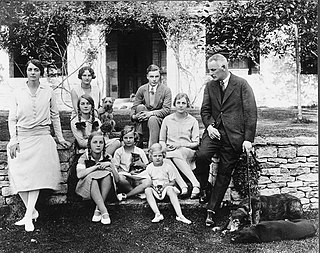
The Mitford family is an aristocratic English family whose principal line had its seats at Mitford, Northumberland. Several heads of the family served as High Sheriff of Northumberland. A junior line, with seats at Newton Park, Northumberland, and Exbury House, Hampshire, descends via the historian William Mitford (1744–1827) and were twice elevated to the British peerage, in 1802 and 1902, under the title Baron Redesdale.

Joseph Walton Losey III was an American theatre and film director, producer, and screenwriter. Born in Wisconsin, he studied in Germany with Bertolt Brecht and then returned to the United States. Blacklisted by Hollywood in the 1950s, he moved to Europe where he made the remainder of his films, mostly in the United Kingdom. Among the most critically and commercially successful were the films with screenplays by Harold Pinter: The Servant (1963) and The Go-Between (1971).
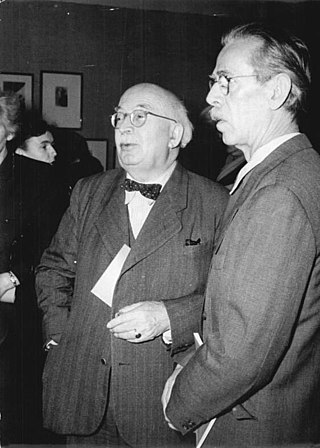
Arnold Zweig was a German Jewish writer, pacifist and socialist.
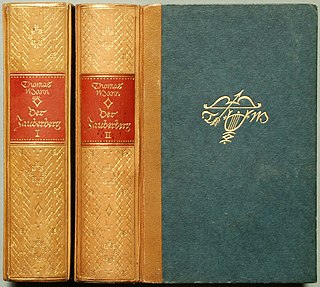
The Magic Mountain is a novel by Thomas Mann, first published in German in November 1924. It is widely considered to be one of the most influential works of twentieth-century German literature.

Darkness at Noon is a novel by Hungarian-born novelist Arthur Koestler, first published in 1940. His best known work, it is the tale of Rubashov, an Old Bolshevik who is arrested, imprisoned, and tried for treason against the government that he helped to create.

Anna Seghers, is the pseudonym of German writer Anna Reiling, who was notable for exploring and depicting the moral experience of the Second World War. Born into a Jewish family and married to a Hungarian Communist, Seghers escaped Nazi-controlled territory through wartime France. She was granted a visa and gained ship's passage to Mexico, where she lived in Mexico City (1941–47).
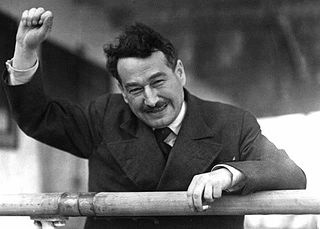
Egon Erwin Kisch was an Austro-Hungarian and Czechoslovak writer and journalist, who wrote in German. He styled himself Der Rasende Reporter for his countless travels to the far corners of the globe and his equally numerous articles produced in a relatively short time, Kisch was noted for his development of literary reportage, his opposition to Adolf Hitler's Nazi regime, and his Communism.
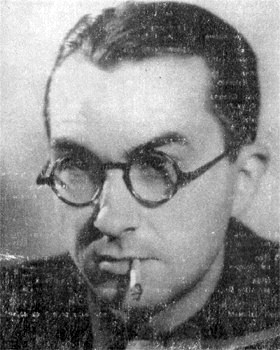
Paul-Yves Nizan was a French philosopher and writer.
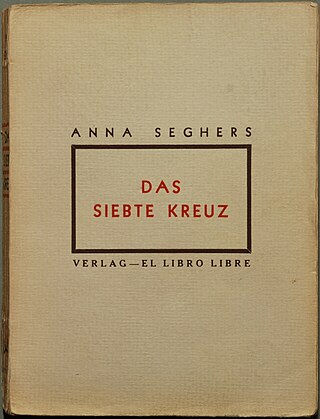
The Seventh Cross is a novel by Anna Seghers, one of the better-known examples of German literature circa World War II. It was first published in Mexico by El Libro Libre In 1942. The English translation came out in the United States, in an abridged version, in September of the same year. The first full English translation, by Margot Bettauer Dembo, was published in 2018.

Olga Benário Prestes was a German-Brazilian communist militant executed by Nazi Germany.
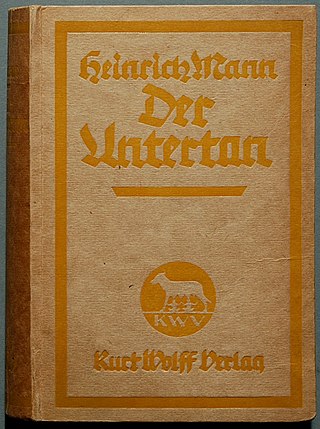
Der Untertan is one of the best known novels of German author Heinrich Mann. The title character, Diederich Hessling, a dedicated 'Untertan' in the sense of a person subservient to a monarch or prince, is an immoral man who is meant to serve as an allegory of both the reign of Kaiser Wilhelm II and German society of his time.
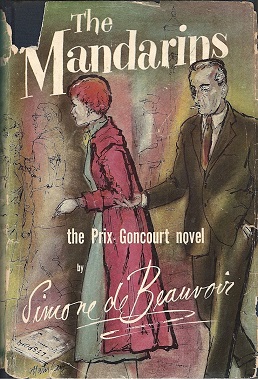
The Mandarins is a 1954 roman à clef by Simone de Beauvoir, for which she won the Prix Goncourt, awarded to the best and most imaginative prose work of the year, in 1954. The Mandarins was first published in English in 1956.
The Seventh Cross is a 1944 American drama film, set in Nazi Germany, starring Spencer Tracy as a prisoner who escaped from a concentration camp. The story chronicles how he interacts with ordinary Germans and gradually sheds his cynical view of humanity.
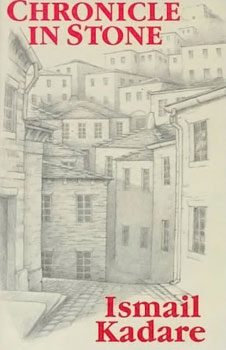
Chronicle in Stone is a novel by Albanian author Ismail Kadare. First published in Albanian in 1971, and translated into English by Arshi Pipa in 1987, it describes life in a small Albanian city during World War II. A revised translation by David Bellos was published in 2007.
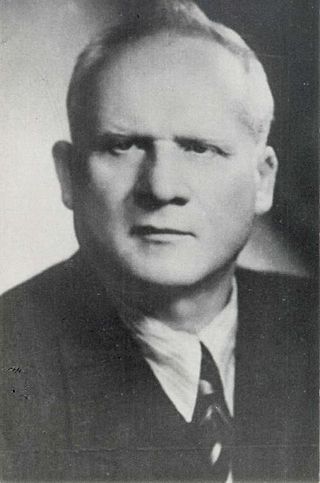
Prežihov Voranc was the pen name of Lovro Kuhar, a Slovene writer and communist political activist. Voranc's literary reputation was established during the 1930s with a series of Slovene novels and short stories in the social realist style, notable for their depictions of poverty in rural and industrial areas of Slovenia. His most important novels are Požganica (1939) and Doberdob (1940).

The Land of Green Plums is a novel by Herta Müller, published in 1994 by Rowohlt Verlag. The novel portrays four young people living in a totalitarian police state in Communist Romania, ending with their emigration to Germany. The narrator is an unidentified young woman belonging to the ethnic German minority. Müller said the novel was written "in memory of my Romanian friends who were killed under the Ceauşescu regime".
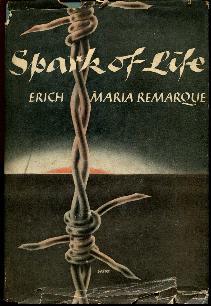
Spark of Life is a concentration camp novel, written by Erich Maria Remarque in the year 1952.
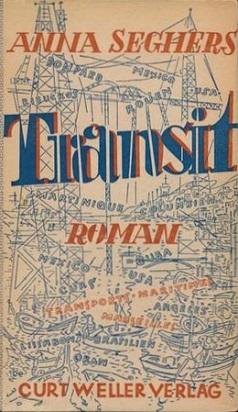
Transit is a novel by German writer Anna Seghers, set in Vichy Marseilles after France fell to Nazi Germany. Written in German, it was published in English in 1944, and has also been translated into other languages.


















